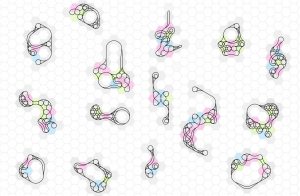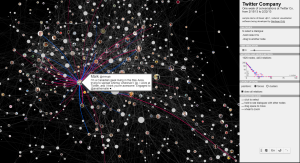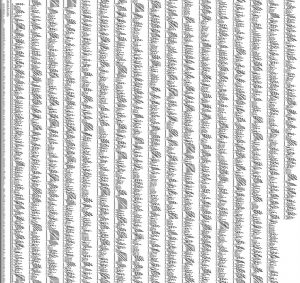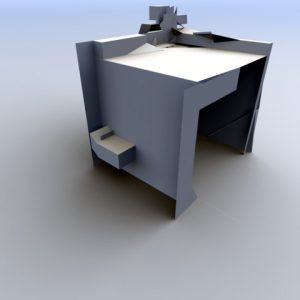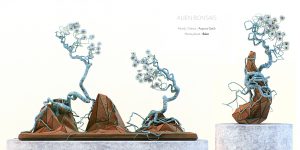
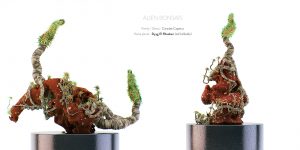
Alien Bonsais by Chaotic Atmospheres
http://chaoticatmospheres.com/alien-bonsais
The looking outward that I chose to respond to was Selina Lee’s week 5 post. The project that she cited was Alien Bonsais, and was made by Chaotic Atmospheres. I thought the 3D modeled plants looked beautiful. The artist did an amazing job of making them look as if they were from another world. In addition, I would have to complement Chaotic on his/her choice of color for the plants. Each model has a small amount of a bright color to make the images pop. One critique of Chaotic’s work that I would have is the background that they used. They used a plain white back drop, and I though it would have looked more interesting in a surrounding environment.
![[OLD FALL 2017] 15-104 • Introduction to Computing for Creative Practice](https://courses.ideate.cmu.edu/15-104/f2017/wp-content/uploads/2020/08/stop-banner.png)

